Have you ever lost the key to your bike cable lock or forgotten the combination? Or maybe you need to remove an old or damaged lock from your bike? Whatever the reason, knowing how to cut a bike cable lock can be a handy skill for any cyclist.
In this blog post, we will show you how to cut a bike lock cable with different tools, such as bolt cutters, hacksaws, angle grinders, and more. We will also give you some tips on how to choose the best tool for your situation and how to do it safely and legally.
By the end of this post, you will be able to cut any bike cable lock with ease and confidence. Let’s get straight to it!
Why Cut the Cable Lock?
Cable locks are a common way to secure your bicycle from theft, but sometimes you may need to cut them. Here are three reasons why you may want to do that:
Lost Your Keys
If you lose your keys or forget the combination, you have no other option but to cut the cable lock. You can use a bolt cutter or a hacksaw to do that, but be careful not to damage your bike.
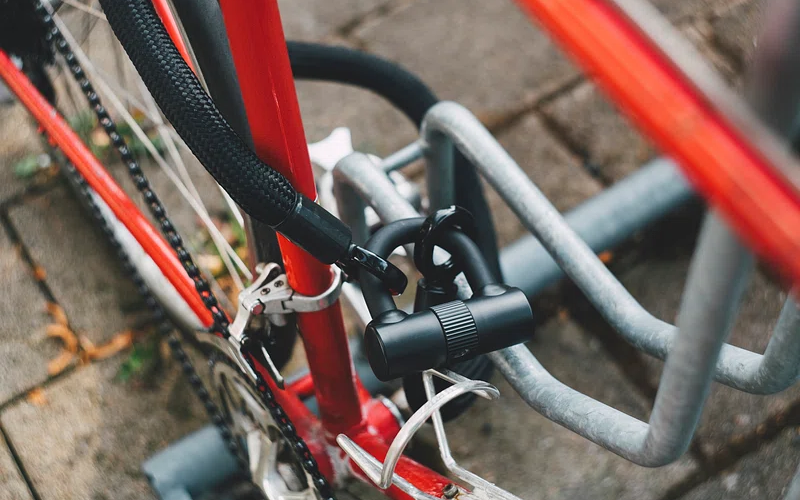
Tampered Lock
If someone tries to break your cable lock, they may damage it or jam it. This can make it impossible to unlock it with your keys or combination. In this case, you need to cut the cable lock to free your bicycle.
Faulty Bolt Lock
Some cable locks have a bolt lock mechanism that can malfunction over time. This can cause the lock to get stuck or not close properly. If this happens, you may need to cut the cable lock to replace it with a new one.
Tools Required: How to Cut a Bike Lock?
Bike cable locks are designed to prevent theft, but sometimes they need to be cut for various reasons. There are different tools that can be used to cut a bicycle cable lock, such as bolt cutters, angle grinders, hacksaws, and wire cutters.
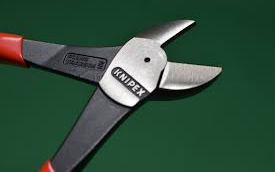
Every tool has benefits and drawbacks.
- Bolt cutters are effective and easy to use, but they are bulky and expensive.
- Angle grinders are fast and powerful, but they are noisy and dangerous.
- Hacksaw is cheap and portable, but it is slow and tiring.
- Wire cutters are simple and handy, but they are only suitable for thin cables.
To choose the best tool for the job, one should consider the factors such as the strength and thickness of the cable, the type and quality of the lock, the time and location of the operation, and the availability and cost of the tool.
Types of Bike Cable Locks
Bike cable locks come in different types with varying features and benefits. Some of the main types are coiled cable locks, braided cable locks, and armored cable locks.
Coiled cable locks are flexible and easy to wrap around the bicycle and the object, but they are less durable and secure than other types.
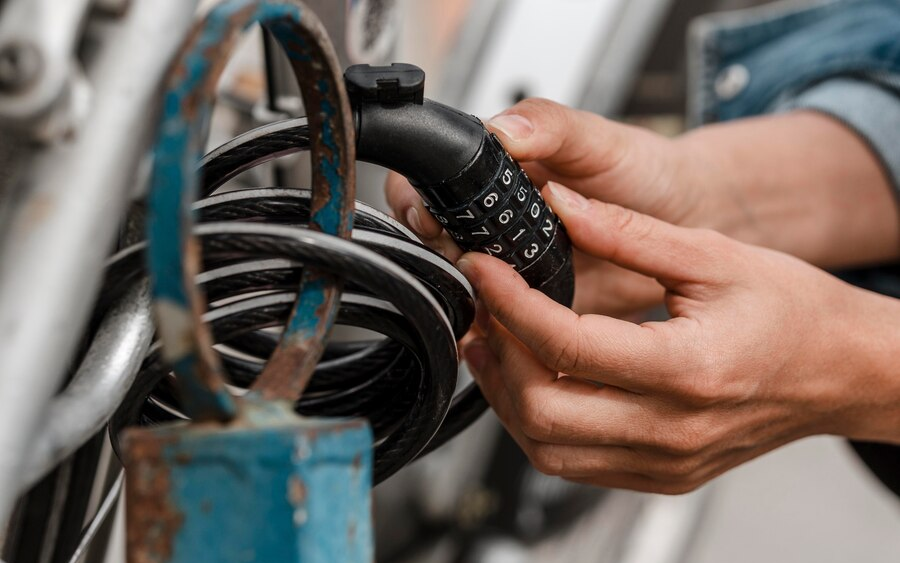
Braided cable locks are stronger and more resistant to cutting, but they are heavier and less portable than coiled ones.
Armored cable locks are the most secure and durable, as they have metal shells covering the cable, but they are also the most expensive and cumbersome to use.
How to Cut a Bike Cable Lock?
Follow these steps to do it safely and legally
Assess the Situation
Make sure that you have the right to cut the lock, such as if you lost the key or forgot the combination. Also, isolate the lock from the bicycle frame and other objects to avoid damaging them.
Choose the Right Cutting Tool
Select the appropriate tool for the type of cable lock you have. Bolt cutters are the most common and effective tool, but they may not work on thicker or harder locks.
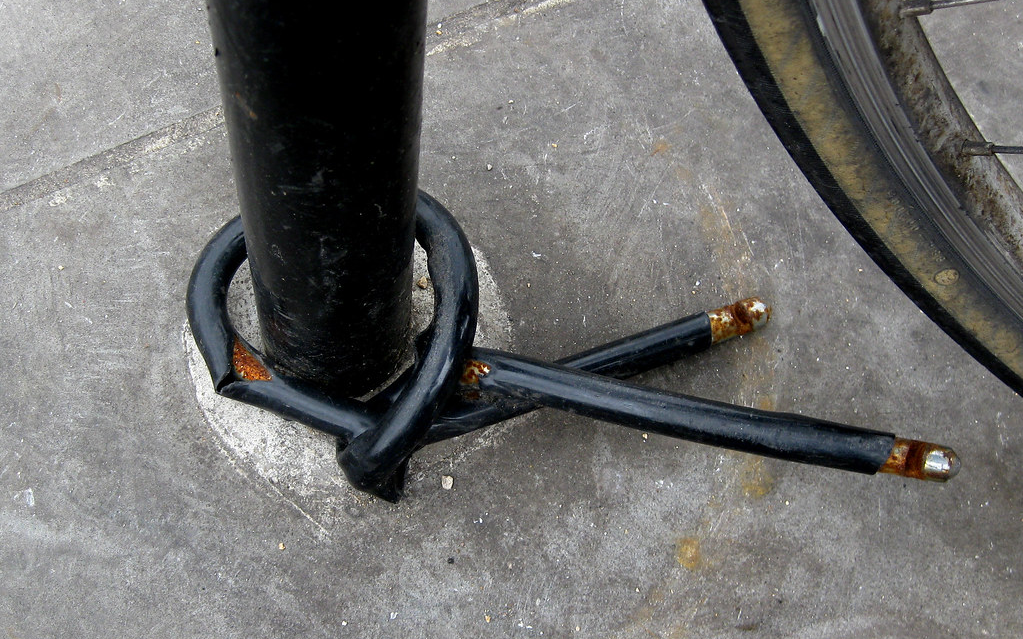
Angle grinders are more powerful and versatile, but they are noisy and dangerous. Hacksaws are cheap and easy to use, but they are slow and require a lot of effort.
Cutting Process
Position the tool on the weakest part of the lock, usually the joint or the cable itself, and apply appropriate force to cut through it. Be careful not to hurt yourself or others with the tool or the lock.
Common Issues
The problems that may arise, could be difficulty in cutting or dealing with jammed locks. You may need to adjust the angle, pressure, or speed of the tool, or use a lubricant or a hammer to loosen the lock. If none of these work, you may need to try a different tool or seek professional help.
Safety Precautions and Legal Considerations
Cutting a bicycle cable lock can be a risky and controversial action, so one should take some safety precautions and legal considerations before doing so.
Wear Protective Gear: Wear as gloves and goggles, to avoid any injury from the sparks or the metal fragments that may fly off during the cutting process.

Ensure Legality of Action: Check the local laws and property rights, and havE a valid reason to cut the lock, such as losing the key or forgetting the combination.
Responsible Lock Removal: Avoid damaging the bicycle or the object the lock is attached to, by not attracting any unwanted attention from the surroundings, and by disposing of the lock properly after cutting it.
Alternatives to Cutting
Cutting can damage your bicycle or the lock itself, and it may also be illegal in some areas. Fortunately, there are some alternatives to cutting bicycle cable lock that are safer and more convenient.
Using Lock Picking Techniques: Use a shim, a bump key, or a lock pick set, to manipulate the pins or discs inside the lock and open it without the original key.

Seeking Assistance from Law Enforcement: Contact the police or the campus security, who may have the tools and the authority to unlock your bicycle for you. You may need to provide proof of ownership and identification for this option.
Contacting a Professional Locksmith: Reach out a professional locksmith, who can unlock your bike cable lock quickly and efficiently, but may charge you a fee for their service.
These are some of the alternatives to cutting bicycle cable lock that you can consider if you ever find yourself in this situation.
Which Lock Should I Buy?
Choosing the right bike lock for your needs can be a daunting task, as there are many factors to consider, such as the level of security, the type of lock, the weight, the size, the price, and the ease of use. The best bike lock for you depends on your personal preferences and the environment where you park your bicycle.

Generally, the higher the security rating, the heavier and more expensive the lock will be. The most common types of bicycle locks are U-locks, cable locks, chain locks, and folding locks, each with their own advantages and disadvantages.
You should also look for features such as weather resistance, anti-theft protection, and user reviews when buying a bicycle lock. By doing some research and comparing different options, you can find the bike lock that suits your needs and budget.
How to Cut Off a Bike U Lock?
The most effective way to cut a U lock is to use a power tool, such as an angle grinder, a reciprocating saw, or a bolt cutter. These tools can cut through the metal shackle of the U lock in a matter of minutes, but they are noisy, dangerous, and may attract attention.
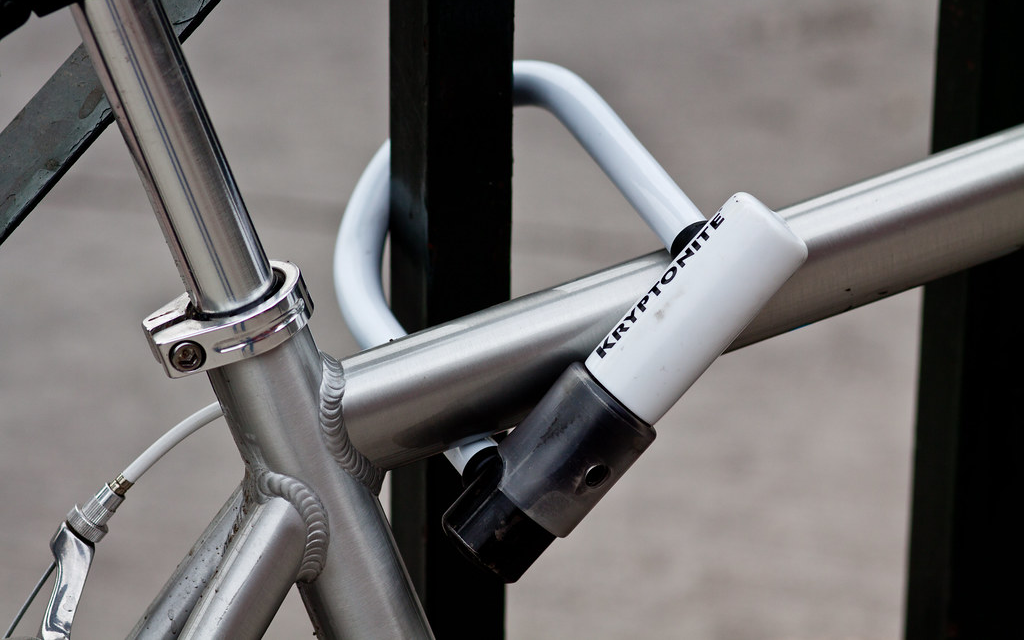
You should wear protective gear, such as gloves, goggles, and earplugs, and avoid cutting near the lock mechanism or the bicycle frame. You should also check the local laws and regulations before cutting a U lock, as you may need to prove that the bicycle is yours or get permission from the authorities.
Conclusion
In this blog post, we have learned how to cut a bike cable lock using different tools, such as bolt cutters, hacksaws, or angle grinders. We have also discussed the advantages and disadvantages of various types of cable locks, such as braided steel, twisted steel, or coiled steel.
However, we must stress that cutting a bicycle cable lock should only be done in case of an emergency, such as losing the key or forgetting the combination. Cutting a bicycle cable lock without permission or proper safety measures is illegal and dangerous.
We hope this information was valuable and informative to you.
FAQs
Bicycle locks with hexagonal or square links, such as the Hiplok D1000, are resistant to bolt cutters.
Opt for heavy-duty wire cutters or angle grinders instead of a cable cutter.
Bicycle thieves commonly use bolt cutters, angle grinders, or portable power tools for cutting through locks.
Consider high-security chains or U-locks made of hardened steel, providing robust resistance against cutting tools for enhanced protection.



